
Is a greener practice one of your New Year’s resolutions for 2023? This month the Green Hygienist, Lottie Manahan, breaks down all of the recycling symbols to help you achieve this goal.
A study published in the journal of clinical psychology says around 46% of people who make new years resolutions are successful.
I was pleasantly surprised by this and, in all honesty, expected more to fail. Maybe because of my patients who never even make the month flossing daily!
When I look at my own goals for 2023, being greener is always one. This is because it’s something I am passionate about but also owe to our future generations that deserve what I have had.
I love this quote from Barack Obama: ‘We are the first generation to feel the effect of climate change and the last generation who can do something about it.’
Adding some green goals to your 2023 plan is a great way to start doing your bit for the environment.
As a result, I thought I would make it easier for my readers by decoding what all the symbols found on the back of products actually mean. If you’re going to print anything this year, let the below guide be it. Or simply forward it in an email to all your employees and colleagues so you can work as a team.
Mobius Loop

The three green arrows going in a triangle simply means that it’s capable of being recycled.
Sometimes the symbol will come with a percentage in the middle, signifying how much of it has been made from recycled materials.
Plastics

See below for why we should not be buying numbers three, four, five, six and seven!
Three arrows in a triangle means that the item is capable of being recycled. The numbers and letters act as identification for the recycling teams.
Plastics are classified into one of seven categories, each one a different material that is more or less easy to recycle.
- 1 = PET, Polyethylene Terephthalate, is widely recycled
- 2 = HDPE, High-Density Polyethylene, and is also widely recycled
- 3 = PVC, Polyvinyl Chloride, is capable of being recycled but harder to do so. So check with your local authority
- 4 = LDPE, Low-Density Polyethylene, also capable of being recycled, but check with your local authority
- 5 = PP, Polypropylene, hard or not possible to recycle, so try to reuse or avoid it. PP is used in Tupperware, disposable cups, and some food containers.
- 6 = PS, Polystyrene or Styrofoam, hard or not possible to recycle, so try to reuse or avoid it. PS is used in disposable coffee cups, plastic cutlery and packing foam
- 7 = other. This is usually a mish-mash of lots of different plastics and is pretty tricky to recycle.
Widely recycled
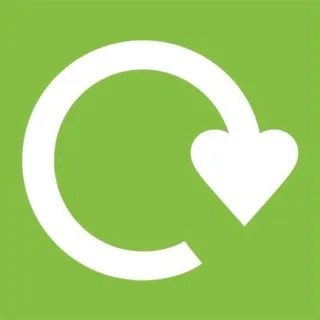
If you see this symbol on the back of a product, it means it’s widely recycled (by 75% or more of local authorities across the UK).
Financial contribution
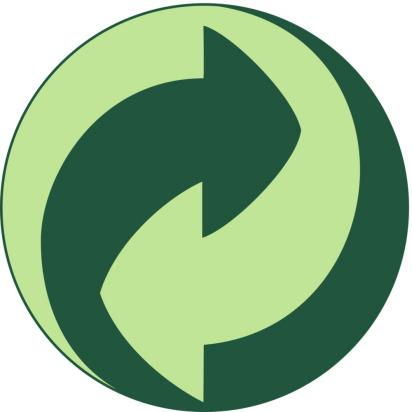
This one’s a bit of a weird one. It’s two interlocking green arrows which mean that the manufacturers have made a financial contribution to recycling services in Europe.
It doesn’t mean the product itself is recyclable.
Tidyman
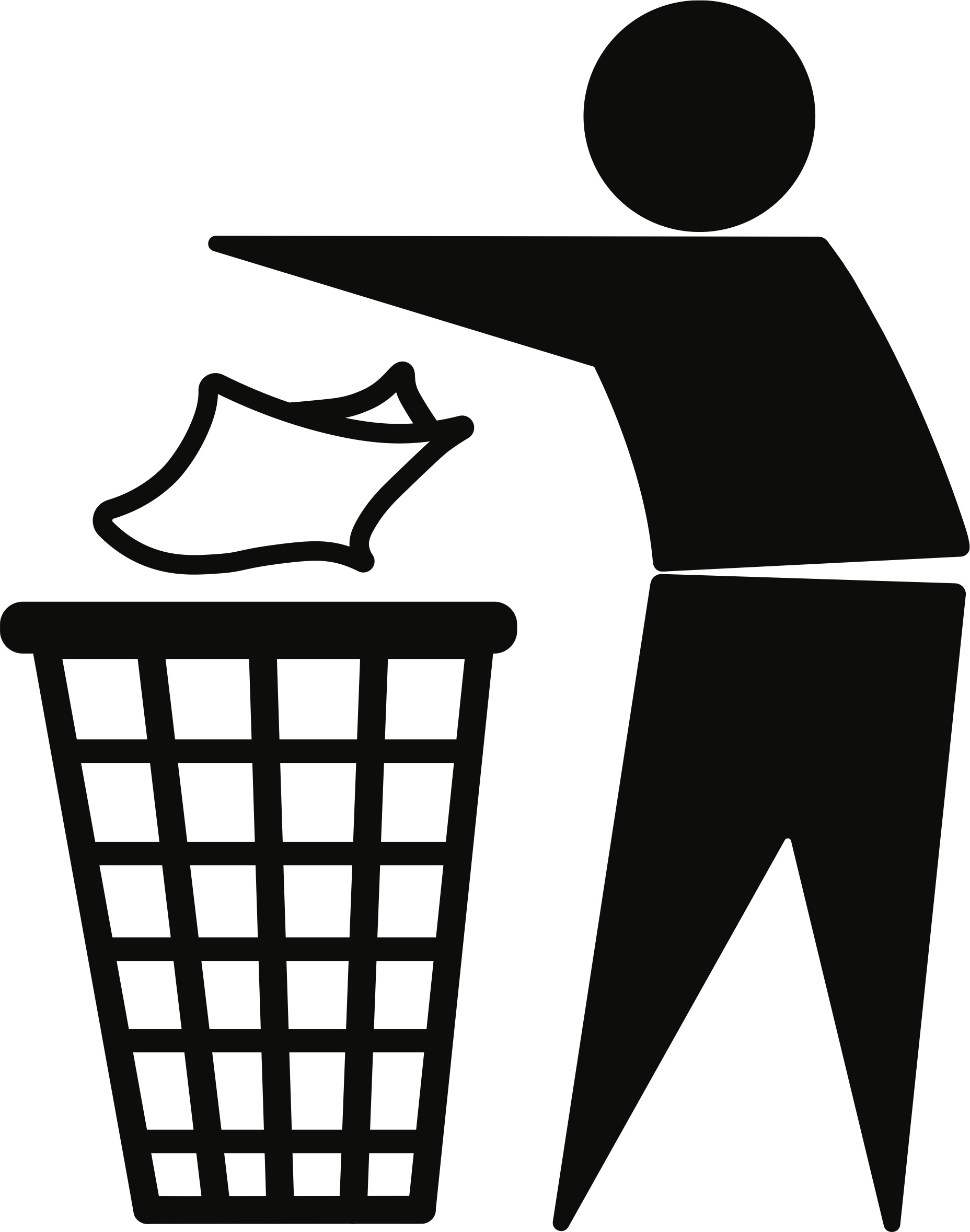
This symbol is part of the Keep Britain Tidy initiative.
It doesn’t actually have anything to do with recycling but acts as a reminder to dispose of your waste properly.
Check locally
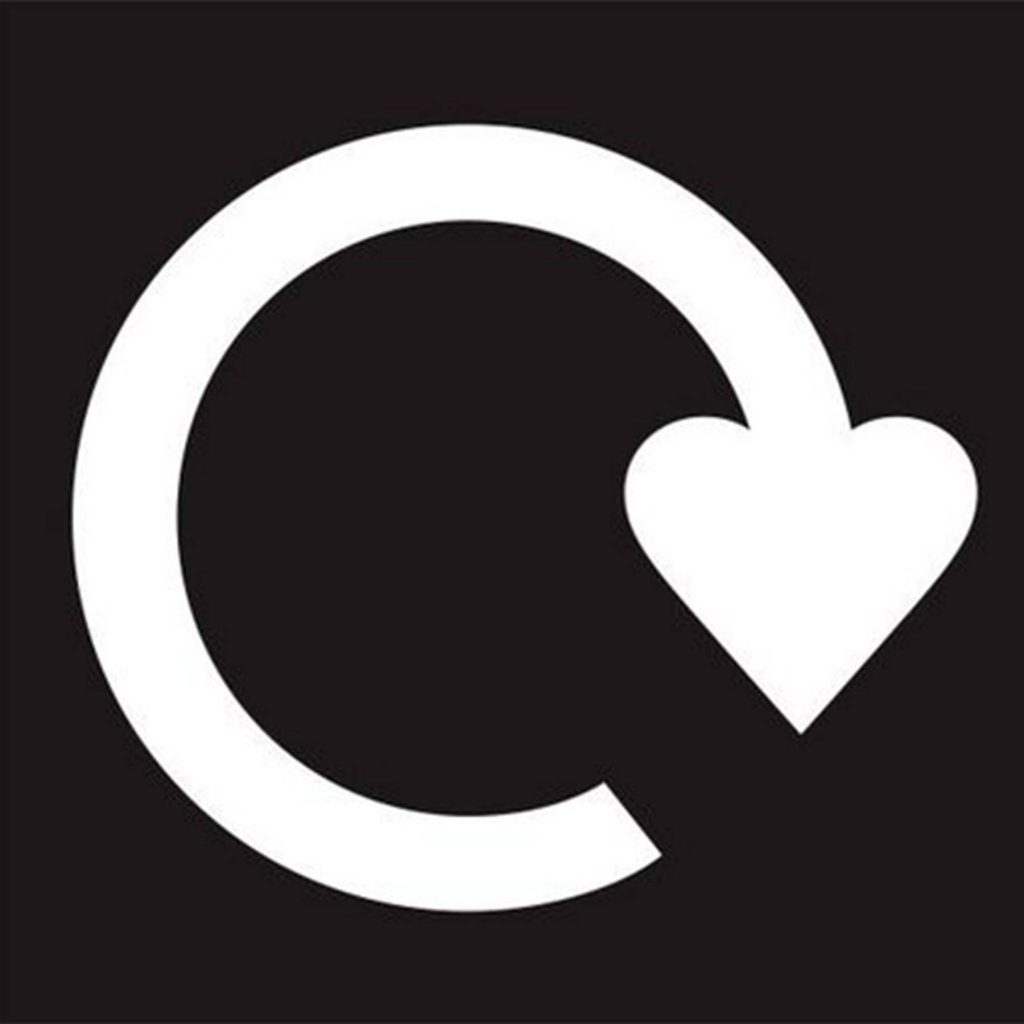
A white circular arrow on a black background means that it is recycled by 20% – 75% of UK regions.
Therefore, the best thing to do is to check with your local council beforehand.
Forest certified
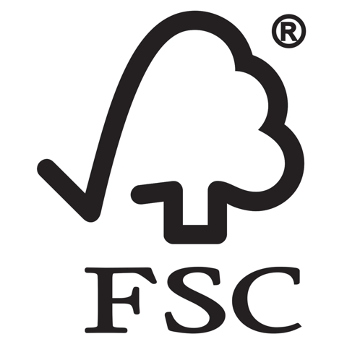
FSC stands for Forest Stewardship Council. This symbol means the material has been made from wood sourced from a responsibly-managed forest that complies with the FSC’s independent guidelines.
Aluminium
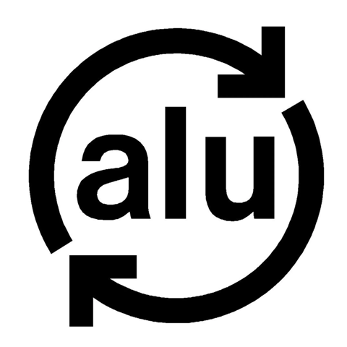
This symbol means that the product is made from recyclable aluminium – and yes, that includes foil.
Just make sure there’s no crumbs or food left on the foil, and try and scrunch it up into a ball. The bigger the ball, the easier it is to recycle.
Compostable

The threaded-through leaf means that an item is compostable.
It’s important not to put these items in your normal recycling – they actually cannot be recycled.
Pop them in with your garden waste (if you don’t have a garden waste bin, your council will provide one).
Click here to download or print the full list of recycling symbols
Catch up on previous columns from the Green Hygienist:
- Empower your dental team with sustainability
- How climate change is affecting oral healthRecycling symbols
- Your hygiene department could help drive a greener practice
- How to improve your carbon footprint in dentistry
- Creating a sustainable reception in your dental practice.
Follow Dentistry.co.uk on Instagram to keep up with all the latest dental news and trends.


